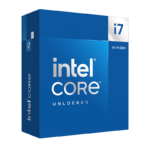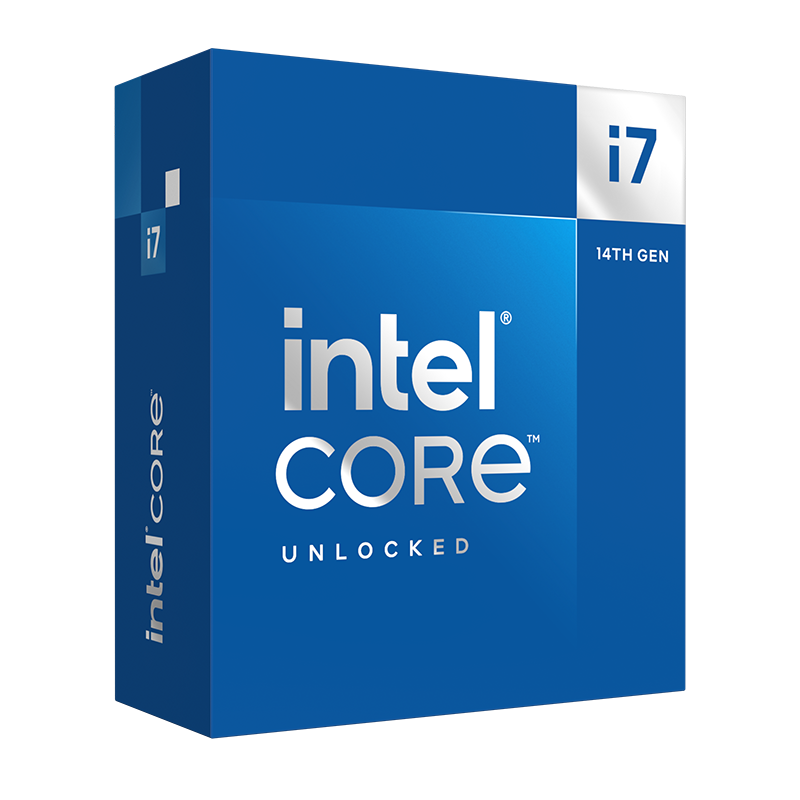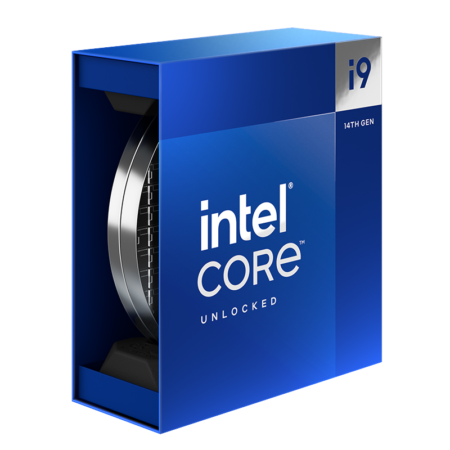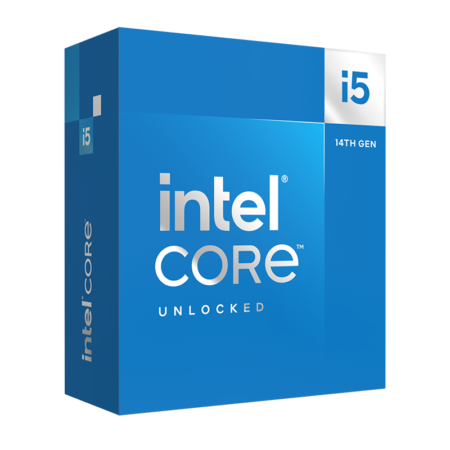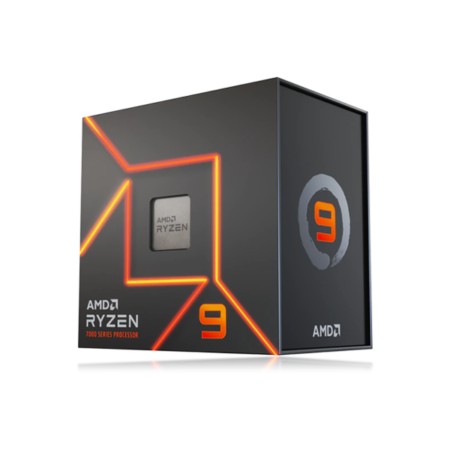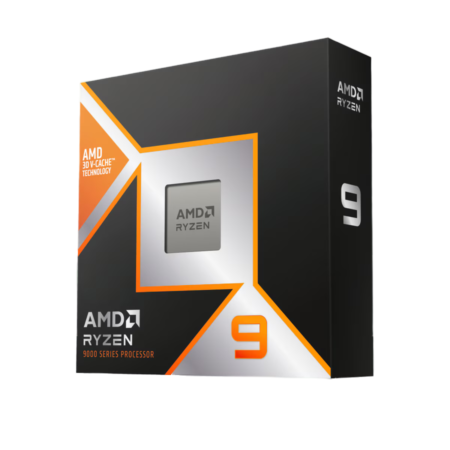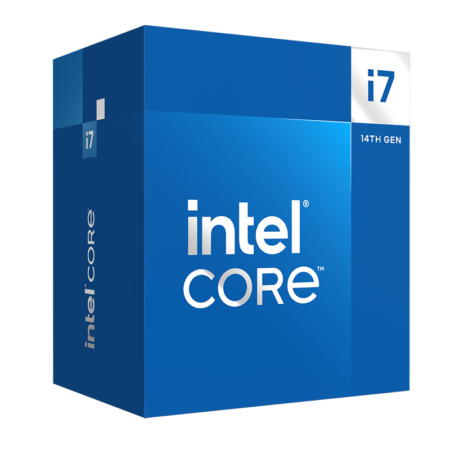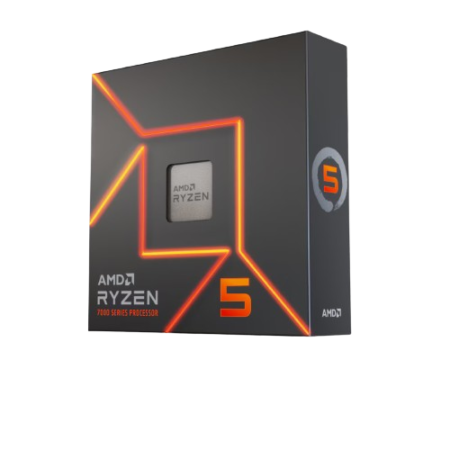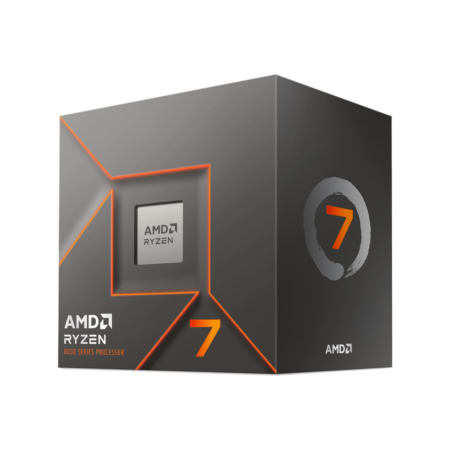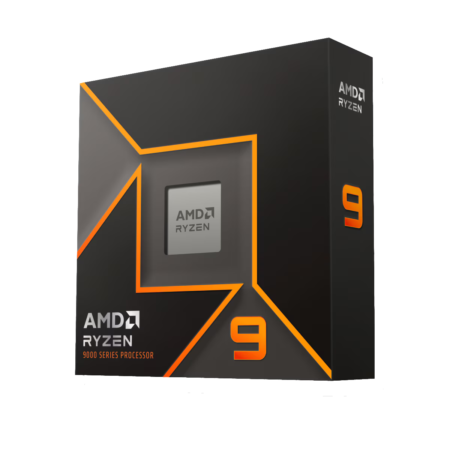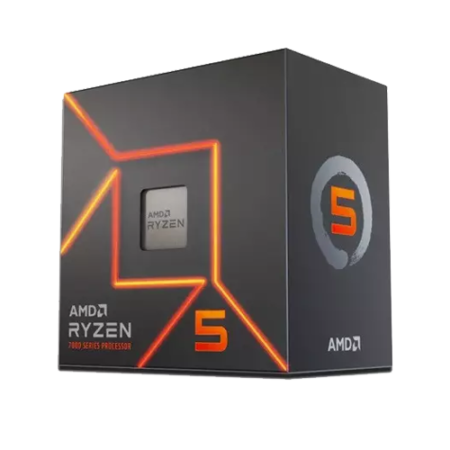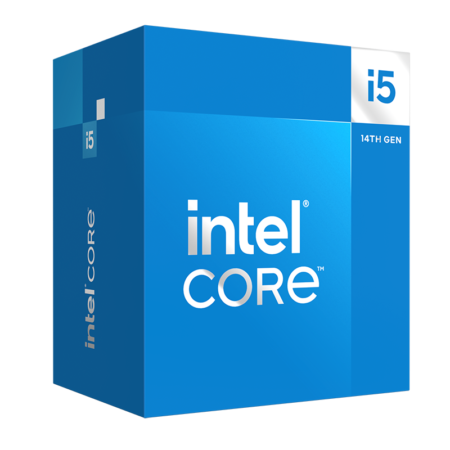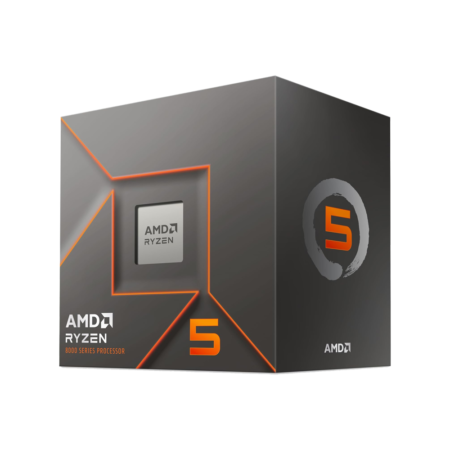Intel i7-14700K processor 33M Cache, up to 5.60 GHz,BOX
Intel® Core™ i7 processor 14700K 33M Cache, up to 5.60 GHz
Email when stock available
Intel® Core™ i7 processor 14700K 33M Cache, up to 5.60 GHz
14700K i7 14700 k
| Product Collection | Intel® Core™ i7 Processors (14th gen) | |||
| Code Name | Products formerly RAPTOR LAKE | |||
| Vertical Segment | Desktop | |||
| Processor Number | i7-14700K | |||
| Lithography | Intel 7 | |||
| CPU Specifications | ||||
| Total Cores | 20 | |||
| # of Performance-cores | 8 | |||
| # of Efficient-cores | 12 | |||
| Total Threads | 28 | |||
| Max Turbo Frequency | 5.6 GHz | |||
| Intel® Turbo Boost Max Technology 3.0 Frequency ‡ | 5.6 GHz | |||
| Performance-core Max Turbo Frequency | 5.5 GHz | |||
| Efficient-core Max Turbo Frequency | 4.3 GHz | |||
| Performance-core Base Frequency | 3.4 GHz | |||
| Efficient-core Base Frequency | 2.5 GHz | |||
| Cache | 33 MB Intel® Smart Cache | |||
| Total L2 Cache | 28 MB | |||
| Processor Base Power | 125 W | |||
| Maximum Turbo Power | 253 W | |||
| Supplemental Information | ||||
| Marketing Status | Launched | |||
| Launch Date | Q4’23 | |||
| Embedded Options Available | No | |||
| Memory Specifications | ||||
| Max Memory Size (dependent on memory type) | 192 GB | |||
| Memory Types | Up to DDR5 5600 MT/s Up to DDR4 3200 MT/s | |||
| Max # of Memory Channels | 2 | |||
| Max Memory Bandwidth | 89.6 GB/s | |||
| ECC Memory Supported ‡ | Yes | |||
| GPU Specifications | ||||
| Processor Graphics ‡ | Intel® UHD Graphics 770 | |||
| Graphics Base Frequency | 300 GHz | |||
| Graphics Max Dynamic Frequency | 1.6 GHz | |||
| Graphics Output | eDP 1.4b | DP 1.4a | HDMI 2.1 | |||
| Execution Units | 32 | |||
| Max Resolution (HDMI)‡ | 4096 x 2160 @ 60Hz | |||
| Max Resolution (DP)‡ | 7680 x 4320 @ 60Hz | |||
| Max Resolution (eDP – Integrated Flat Panel)‡ | 5120 x 3200 @ 120Hz | |||
| DirectX* Support | 12 | |||
| OpenGL* Support | 4.5 | |||
| OpenCL* Support | 3 | |||
| Multi-Format Codec Engines | 2 | |||
| Intel® Quick Sync Video | Yes | |||
| Intel® Clear Video HD Technology | Yes | |||
| # of Displays Supported ‡ | 4 | |||
| Device ID | 0xA780 | |||
| Expansion Options | ||||
| Direct Media Interface (DMI) Revision | 4 | |||
| Max # of DMI Lanes | 8 | |||
| Scalability | 1S Only | |||
| PCI Express Revision | 5.0 and 4.0 | |||
| PCI Express Configurations ‡ | Up to 1×16+4 | 2×8+4 | |||
| Max # of PCI Express Lanes | 20 | |||
| Package Specifications | ||||
| Sockets Supported | FCLGA1700 | |||
| Max CPU Configuration | 1 | |||
| Thermal Solution Specification | PCG 2020A | |||
| TJUNCTION | 100°C | |||
| Package Size | 45.0 mm x 37.5 mm | |||
| Advanced Technologies | ||||
| Intel® Gaussian & Neural Accelerator | 3 | |||
| Intel® Thread Director | Yes | |||
| Intel® Deep Learning Boost (Intel® DL Boost) on CPU | Yes | |||
| Intel® Speed Shift Technology | Yes | |||
| Intel® Turbo Boost Max Technology 3.0 ‡ | Yes | |||
| Intel® Turbo Boost Technology ‡ | 2 | |||
| Intel® Hyper-Threading Technology ‡ | Yes | |||
| Intel® 64 ‡ | Yes | |||
| Instruction Set | 64-bit | |||
| Instruction Set Extensions | Intel® SSE4.1 | Intel® SSE4.2 | Intel® AVX2 | |||
| Idle States | Yes | |||
| Enhanced Intel SpeedStep® Technology | Yes | |||
| Thermal Monitoring Technologies | Yes | |||
| Intel® Volume Management Device (VMD) | Yes | |||
| Security & Reliability | ||||
| Intel® Standard Manageability (ISM) ‡ | Yes | |||
| Intel® Control-Flow Enforcement Technology | Yes | |||
| Intel® AES New Instructions | Yes | |||
| Secure Key | Yes | |||
| Intel® OS Guard | Yes | |||
| Execute Disable Bit ‡ | Yes | |||
| Intel® Boot Guard | Yes | |||
| Mode-based Execute Control (MBEC) | Yes | |||
| Intel® Virtualization Technology (VT-x) ‡ | Yes | |||
| Intel® Virtualization Technology for Directed I/O (VT-d) ‡ | Yes | |||
| Intel® VT-x with Extended Page Tables (EPT) ‡ | Yes | |||
Introducing 14700K
the powerful and feature-packed 14700k gaming product, designed to take your gaming experience to a whole new level. This cutting-edge device combines exceptional performance,
stunning visuals, and advanced features, making it the ultimate choice for both gamers and tech enthusiasts.
With its lightning-fast processing power, the 14700k ensures smooth and lag-free gameplay, allowing you to immerse yourself in the virtual world without any interruptions.
Equipped with a high-performance processor and an abundance of RAM, this gaming product can handle even the most demanding games and applications with ease.
The 14700k boasts a state-of-the-art graphics card that delivers breathtaking visuals and realistic details.
Whether you’re exploring vast open worlds or engaging in intense multiplayer battles, every frame will be rendered in stunning detail,
bringing your gaming experience to life like never before.
Additionally, this gaming product features a spacious and lightning-fast storage solution,
ensuring quick load times and ample space for all your games, files, and multimedia content.
Say goodbye to long loading screens and hello to instant access to your favorite titles.
14700k GAMING Review 14700k
Not only does the 14700k excel in gaming performance, but it also offers a host of features that enhance your overall gaming experience.
With advanced cooling technology, this product keeps your system running at optimal temperatures, preventing overheating and ensuring long-lasting performance.
Furthermore, the 14700k comes equipped with a range of connectivity options, including high-speed USB ports, HDMI outputs, and Ethernet ports,
allowing you to easily connect to your peripherals and enjoy seamless multiplayer experiences.
In terms of design, the 14700k boasts a sleek and modern aesthetic that will complement any gaming setup.
Its ergonomic design ensures comfort during extended gaming sessions, while customizable RGB lighting adds a touch of personalization to your gaming rig.
Conclusion
Final Words
Out of the three Raptor Lake refresh processors we’ve now had our hands-on, I have to say this one feels the best.
Slightly better temperatures, close to 13900K performance and a price of just over 400 USD.
It’s a lot of performance for your money. Performance can and will vary widely across different media outlets.
That discrepancy stems from the motherboard manufacturers and model PL1 assignments versus determining the CPU’s configuration.
Anyway, utilizing motherboard defaults with optimizations turned on will also show a rise in the CPU’s temperature.
In any case, adequate cooling is imperative to handle these heat surges, a scenario somewhat analogous to the Ryzen 7000 high-tier variants.
For gamers, the Raptor Lake L2/L3 caches contribute significantly to heightened performance,
Gaming performance
The 14th Core series processors harden Intel’s position in gaming performance.
When examining resolutions that are CPU-constrained, Intel frequently holds a performance advantage, closely competing with the 7000 series X3D.
The performance differences are typically minor,
and not every user possesses a high-end graphics card priced above 1000 USD where you can measure most of that difference.
In fact, a larger proportion of users might be using a graphics card like the GeForce RTX 4060/4080 or RX 7600/7800 XT,
where the CPU’s performance becomes less relevant since the GPU emerges as the primary limitation.
DDR5 Memory
When considering a transition to an entirely new platform, the total cost of ownership is a significant factor. Even though the price of DDR5 memory is projected to further decrease in the upcoming year.
For Intel configurations, a minimum of 5200 MHz is advisable, but for both Intel and AMD, a 6000 MHz configuration might offer optimal performance.
Energy efficiency
The 125W TDP-rated Core i7-14700K is a processor that is allowed a staggering max 253 Watts (PL1+PL2) state,
however, we’re seeing the PC moving towards close to 400 Watts under all-core load,
deducting the motherboard and GPU from that value, and you’ll end up at 300~350 Watts.
That does not mean the processor runs that wattage all the time, however for short bursts of time when needed the PC can pull that wattage,
and yeah it’s a lot. Overall the temperatures peak high, but only for a short amount of time.
You could cool this processor with a premium heatpipe-based cooler however we’d seriously advise a proper all-in-one liquid cooling kit to start with.
Our processor settles in the 80- to 90’ies C under a full 28-threaded load but with a poorer quality LCS we’ve seen that value climb to 90-95 degrees C.
Tweaking
As with all processors, you still have a bit of leash to overclock. With proper liquid cooling (an LCS kit with enough capacity),With these temps at hand.
we advise the voltage regulated by the motherboard (auto). For Core i7-14700K, this seems to be in the 5900~6000 MHz areas, again that’s all P cores.
That value is of course very impressive, we OCed to 6000 Mhz (all P cores) and can run a benchmarks stable.
Intel today debuted the 14th Gen Core desktop processor series codenamed Raptor Lake Refresh, and the new Core i7-14700K is the biggest beneficiary of this refresh. This latest Core i7 joins a long line of predecessors that have received a CPU core count uplift with each generation—the i7-11700K was an 8-core/16-thread chip, followed by the i7-12700K, which was 8P+4E (or 12-core/20-thread); and the i7-13700K was 8P+8E (or 16-core/24-thread). The new Core i7-14700K is 8P+12E (or 20-core/28-thread).

The new Raptor Lake Refresh line of processors are just that—a refresh.
There is no new silicon, no hardware-level changes,
but just generational clock speed uplifts for each SKU compared to its predecessor from the 13th Gen,
the addition of a couple of features for the Core i9-14900K;
but the Core i7-14700K is the most interesting part from the three processor models Intel is launching today.
Besides clock speeds and and additional cores in case of the Core i7,
the 14th Gen core processors are also said to come with updates to the memory controller that supports even higher DDR5 speeds, especially when using 12 GB and 24 GB DIMMs.
The Raptor Lake Refresh silicon
is built on the same Intel 7 process node as its predecessor, it physically features 8 Raptor Cove P-cores (performance cores),
16 Gracemont E-cores (efficiency cores), organized in 4-core clusters,
and 36 MB of L3 cache that’s shared among the P-cores and E-core clusters.
Each P-core has 2 MB of dedicated L2 cache, while each E-core cluster shares a
4 MB L2 cache among its cores.
Intel carved the i7-14700K out of this die by enabling 3 out of 4 E-core clusters,
giving the chip 33 MB of L3 cache.
Besides more cores, the Core i7-14700K comes with a slight clock speed increase over the i7-13700K.
The P-cores have a base frequency of 3.40 GHz, with a maximum boost frequency of 5.60 GHz,
which it reaches using the Turbo Boost Max 3.0 algorithm, this is a 200 MHz generational speed bump.
The E-cores get a slight clock speed increase, too, with 2.50 GHz base frequency, and 4.30 GHz turbo.
Perhaps the best aspect of Core i7 chips from these past two generations,
is that they’ve enjoyed power limits on par with the Core i9 parts from their respective generations.
The i7-14700K gets a maximum turbo power (MTP) of 253 W, on par with that of the i9-14900K. With one less E-core cluster to feed, there’s slightly improved boost residency for all cores.
Intel is pricing the Core i7-14700K at $409, but you can save $25 by opting for the i7-14700KF,
if you don’t need integrated graphics, and spend the savings on a slightly better memory kit or motherboard.

